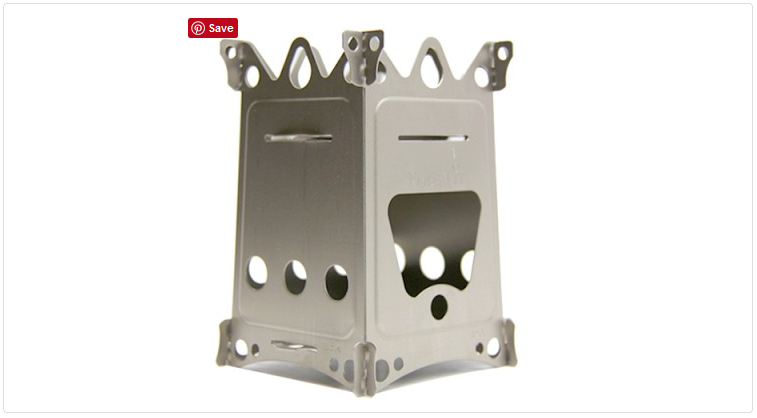Cavemen and Camping: The Elusive Fire
Have you ever wondered what it must have been like for the caveman who first discovered fire? Suddenly there was this entirely new element that could be used for everything from cooking to keeping warm. What seems pretty basic to us was the stuff of great science way back when.
If you are a regular camper, you are very familiar with the use of fire. And if you are an avid tent camper who prefers being deep in the woods rather than at a commercial campground, you are somewhat of a caveman in that you rely on fire as a critical component of a successful expedition.
The problem with fire, at least in a camping sense, is that it can be elusive at times. Simply put, it takes some time and practice to become an expert at starting a fire in one try. You have to learn how to position the wood. You have to learn what makes good kindling and how to ignite that kindling.
Good Fire Starter Ideas
The caveman from millennia ago had to work with primitive fire starters like rocks and dried vegetation. Today we have modern conveniences such as matches and lighters. Still, getting a fire started out in the middle of nowhere is not necessarily as easy as it sounds. Here are a couple of fire starter ideas that actually work quite well:
• Birthday Candles – Yes, birthday candles work very well when distributed in your kindling pile. They will burn steadily for quite a while. Once your fire is going full throttle, it will generate enough heat to melt the candles completely.
• Lint – The lint from your clothes dryer is an excellent fire starter. Just be aware that it burns very quickly. You can use it with your fire-fueled camping stove or start what will eventually be your evening campfire.
• Isopropyl Alcohol – If you are the kind of person who carries isopropyl alcohol in your camping first aid kit, that alcohol could help you get a fire started even when wood is a little bit damp. But use it carefully and in small amounts. Alcohol is highly flammable.
Different Kinds of Fires
Did you know that there are different kinds of fires that can be used depending on weather conditions? It’s true. For example, most people follow the tepee method when constructing a fire. This method works well under relatively quiet conditions, but it can be a disaster on breezy days. When there is significant wind, a better construction is the box fire. If you are cooking with a camping stove like the Emberlit FireAnt, you will need a very compact construction to accommodate the stove.
For cooking purposes, there are also multiple ways to use fire. You can cook directly over the fire using a camping stove or metal grate. You can also dig a fire pit in the shape of a key, then gradually move hot coals down into the long section for cooking while keeping the flame burning in the open section.
Fire can be elusive for new campers who lack the experience and knowledge to build a good fire. Fortunately, becoming a camp fire expert is not hard. It just takes a little knowledge and some practice. Once you have mastered the art of starting the fire, you will be fully prepared whether you’re staying in a commercial campground or the middle of nowhere. Better yet, you will not have to bang rocks together in the hope of getting a spark that will ignite the pile of leaves. Unless you want to get in touch with your inner caveman.

















